Campus policies establish respect for school, peers
According to the National Center for Education Statistics, 57% of US schools have some type of dress code that they enforce on the students. Some contain more standards than others, but all try to maintain a sense of safety within the school. As a disclaimer, dress codes make up a fundamental part of schools and they have fair intentions. However, dress codes tend to contain mistakes or miscommunications between students and teachers.

From personal experience, people tend to focus only on the negatives of the dress code, such as it prevents them from growing out their hair, or expressing their individuality. They can’t do this, they can’t do that, and they think of what they could wear if dress code did not exist. However, we are missing the main point. Just like any rule, the dress code keeps us safe.
It keeps students from wearing inappropriate or racist clothing, as well as clothing that would distract us from learning. This distracting clothing would include saggy pants that leave underwear visible, and tank tops with the sides cut out that make you wonder why they even put it on if it refuses to cover your chest.
One of the more controversial subjects in dress code consists of hair styling. The FCHS handbook states that “Hair should be a naturally occurring color. Hairstyles should not be distracting. Bangs or other hair styles must not obstruct vision”. As I look at these standards, they all seem to make sense.
If the school allows hair to be bright colors, students’ attention becomes diverted from the teacher. Referring to bangs, hair hanging over the eyes results in obstruction of what goes on in the class.
As I read through the handbook, I discovered why there exists so many different opinions on what the administration deems appropriate and inappropriate. The handbook states that ‘Hair must be neat, clean, and well groomed’. The problem lies in the fact that ‘neat, clean, and well groomed’ revolves around opinion. Sure, if a student’s hair crusts over with mud and filth everyone agrees that it needs washing, but other than that, all of the regulations consist of opinions. Allow me to explain.
A student wakes up, applies a quick comb through his hair, and drives to school. If one of his teachers interprets the student’s hair as ungroomed or unneat, that student gets dress coded. A solution to this problem would to be revising the dress code policy to reflect non-opinionated standards that teachers accept and students comply to.

From what I’ve seen and discussed with other guys, unless they are intentionally attempting to impress someone, they tend not to apply much effort into their daily attire. It also depends on the person. There exists a fine line between looking presentable and pure laziness.
Consider that not every guy thinks of the same standards when it comes to clothing parameters. For me, when I wear a collared shirt to school, I consider that a step up. However, for some guys, collared shirts consist of their everyday attire.
I believe it all narrows down to two main points. One, what kinds of clothes create the person’s style, and two, does it meet school standards? Clothing creates a public display of how people see others. Certain styles of clothing convey certain information based on stereotypes.
This refers to the same stereotypes that lead people to correlate athletic people to sweatpants, or smart people to glasses. We should take into consideration what we wear, because our personality is expressed in our clothing. In a study done by psychologytoday.com, Even the subtle differences in clothing alter how one judges another.
“We carried out the research with over 300 adults (men and women),” Psychology Today said. “They looked at images of a man and a woman for just 3 seconds before making ‘snap judgements’ about them. In some of the pictures the man wore a made-to-measure suit. In others he wore a very similar off-the-peg suit bought on the high street… After just a 3-second exposure people judged the man more favorably in the bespoke suit.”
What people wear creates a difference when others make assumptions. This also factors into dress code. The school just wants the students to present a respectable image. The dress code leaves plenty of options to wear to school. Any of these contain the possibility to express your individual style.
For more blogs, read Functional Human and Girl Talk. For more articles, read Bohemian Rhapsody and Fear of Failure.

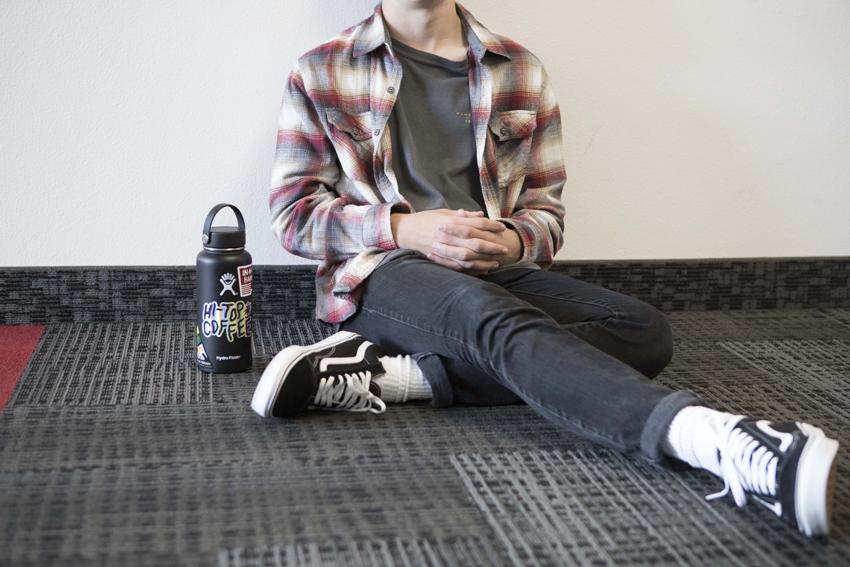
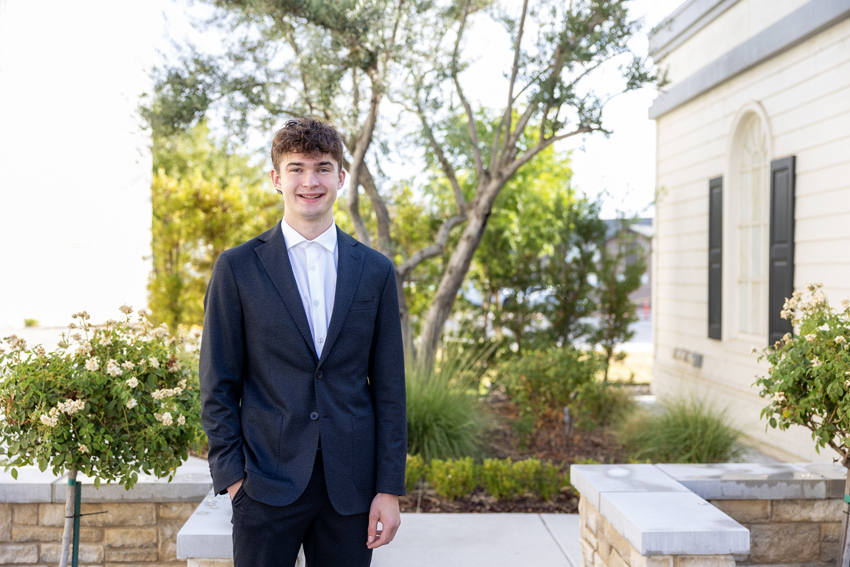

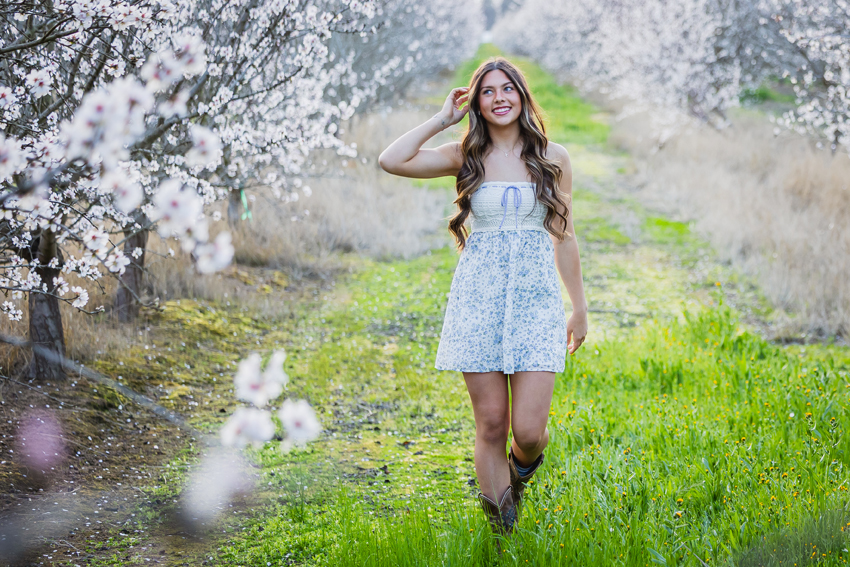

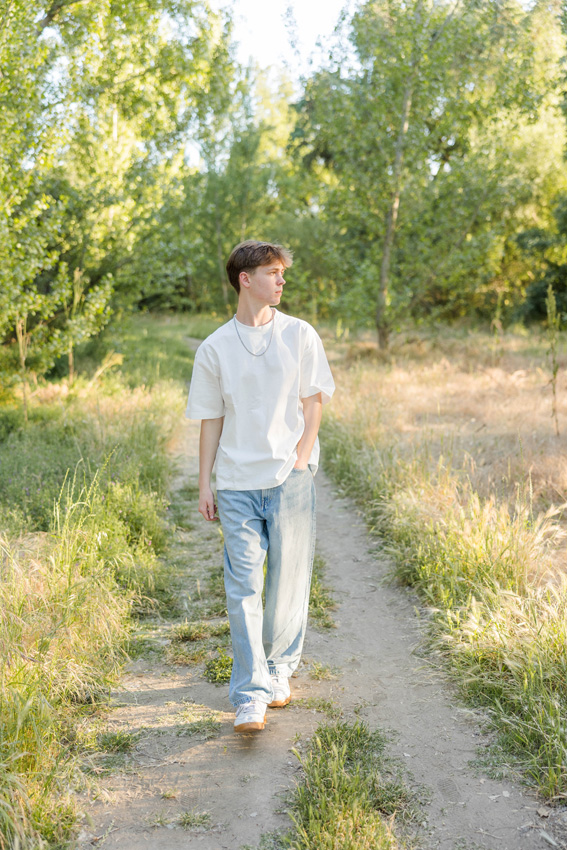
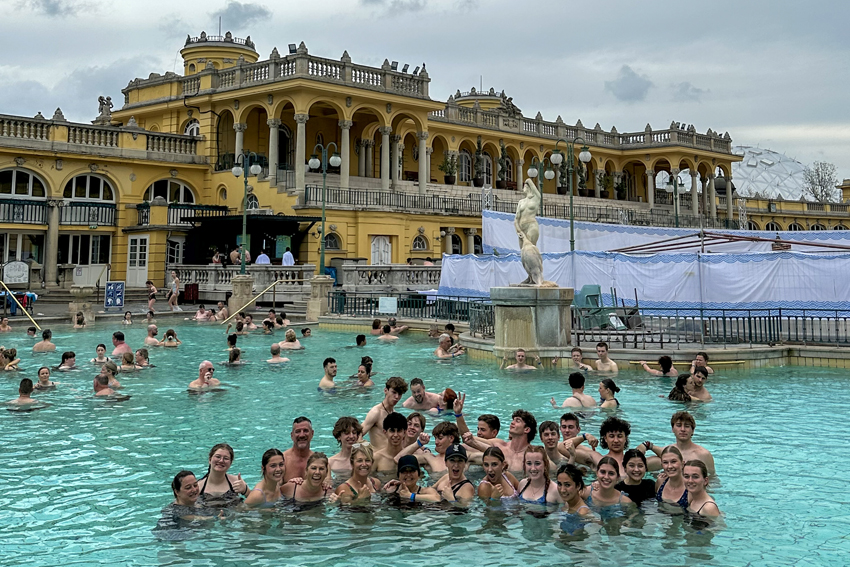
Richard Poplin • Dec 16, 2018 at 8:57 pm
Interesting informative article.